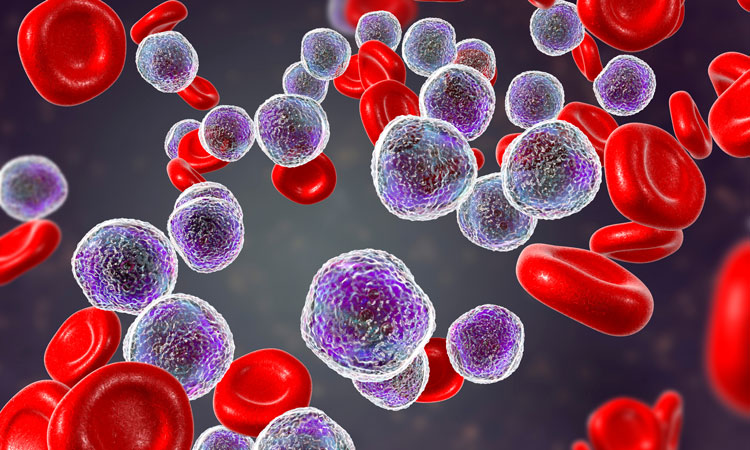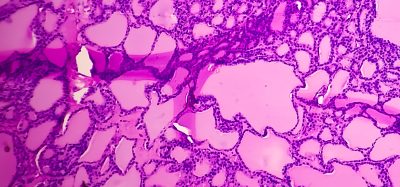Study shows cheap drug could alleviate treatment-resistance in leukaemia
Posted: 20 January 2020 | Rachael Harper (Drug Target Review) | No comments yet
A clinical study is to be launched after researchers found that a common and inexpensive drug may be used to counteract treatment resistance in patients with AML.


According to a new study in mice and human blood cells, a common and inexpensive drug may be used to counteract treatment resistance in patients with acute myeloid leukaemia (AML). The researchers have said they will now launch a clinical study to test the new combination treatment in patients. The study was performed at Karolinska Institutet, Sweden and SciLifeLab.
One of the most common drugs to treat AML is cytarabine (ara-C), a cytotoxic drug that interferes with DNA replication. However, many patients do not respond to the treatment because their leukaemic cells express high levels of the enzyme SAMHD1, which breaks down the active metabolite of cytarabine, ara-CTP.
In AML-mice, we also saw that the median survival was significantly prolonged when cytarabine was combined with an RNR-inhibitor”
These patients have a worse survival rate than patients with low leukaemic levels of SAMHD1, the researchers explained and therefore, one promising strategy to improve the treatment of AML is to inhibit the effects of this enzyme on cytarabine.
In this study, the researchers tested the impact of more than 33,000 different substances on SAMHD1’s ability to break down ara-CTP in leukaemia cells treated with cytarabine. This led to the identification of three different substances, so-called ribonucleotide reductase inhibitors (RNRi), that all reduced SAMHD1’s ability to deactivate ara-CTP: hydroxyurea, gemcitabine and triapine.
“Adding any of these three substances significantly improved the effect of the cytarabine-treatment in cell samples with high levels of SAMHD1,” said Nikolas Herold, researcher at the Department of Women’s and Children’s Health at Karolinska Institutet. “This was true for AML samples from both adults and children. In AML-mice, we also saw that the median survival was significantly prolonged when cytarabine was combined with an RNR-inhibitor.”
The research group is now planning to move forward with a clinical study that will evaluate the effect of combining standard AML-treatment with hydroxyurea in recently diagnosed patients.
“Hydroxyurea is an approved drug that is already used to treat AML, so we think it has great potential,” continued Nikolas Herold. “If our research results can be confirmed in clinical trials, the treatment of AML could be significantly improved also in developing countries with limited resources since hydroxyurea is patent-free and doesn’t cost more than ibuprofen.”
The study was published in EMBO Molecular Medicine.
Related topics
Clinical Trials, DNA, Drug Development, Drug Repurposing, Therapeutics
Related conditions
acute myeloid leukaemia (AML)
Related organisations
Karolinska Institutet, SciLifeLab
Related people
Nikolas Herold








